Blog
What Brings Different Colors in Granite?
In today’s era of modern décor, granite emerges as the most sought-after natural material that brings both beauty and durability. There was a time when marble was winning the world with its beauty but at present granite has outperformed almost every other natural stone in all aspects of construction. Let’s get to know more about granite colors as explained by top granite manufacturers.
One of the best countertop materials is granite. Have you ever wondered what causes granite to appear in a variety of colors? To understand how this premium stone surface came to be, let’s cast a spotlight on granite’s magnificent grains.
An example of an igneous rock is granite. This indicates that it originated from molten (melted) rock and then hardened. Sedimentary rock and igneous rock are distinct. The kind of rock is composed of clearly distinct strata that have been in place for a very long time.
Granite is formed from the melting of lava that cools down gradually. And the presence of certain elements determines the color of the granite that is going to take shape in the future.
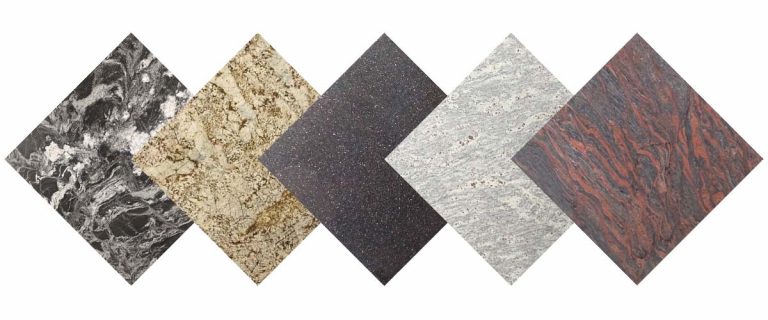
The mineral and rock makeup of granite is what gives it its many colors. Quartz, which is often white in color, must make up at least 20% of the rock for it to be categorized as granite. Amphibole, potassium feldspar, and feldspar are other minerals that can be found in granite. These minerals also give it color. It is very easy to understand the derivation of granite by contacting the leading granite manufacturers. But, let’s first delve deep into the coloring part.
Colors of Granite
The granite will often have black and white flecks if it was created with a lot of amphibole and quartz. It will probably be salmon pink if a lot of potassium feldspar was used in its formation. Granite that is mostly composed of quartz alone is often milky white in color. On the other hand, an abundance of amphibole will produce a color that is either black or dark green.
Quartz, which gives granite its milky white color, and feldspar, which gives granite its opaque white color, make up the majority of the material. Little amphibole grains are most likely the cause of any black speckles that may be present in the granite.
Potassium feldspar, which is abundant, is what creates pink granite. If it has milky-colored specks, quartz is likely to be the cause. Amphibole would produce black speckles, whereas feldspar would produce opaque ones.
According to all leading granite manufacturers in India, “amphibole, quartz, and feldspar are probably present in similar amounts in both black and white granite.”
Pink and red granite are both similar, however red granite differs from pink in that it contains more potassium feldspar. Iron oxide in the rock may potentially be the cause of the red hue.
Some of the most popular granite colors supplied by Indian granite exporters and suppliers are:
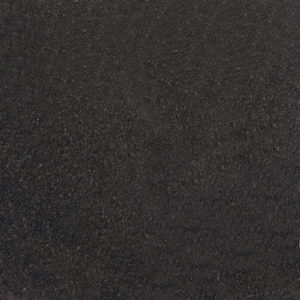
Black Granite
This granite hue is by far the most popular. It has a basic appearance yet a regal allure. Granite’s dark hue is a result of an igneous rock called gabbro, which is rich in iron and magnesium.
Technically speaking, a stone must contain at least 20% quartz, which gives granite a white to a milky hue. Regrettably, black granite varieties like Absolute Black and Black Galaxy do not meet this requirement.
Despite this, black granite still possesses all the touted qualities of other granites, so those who appreciate real stone shouldn’t be hesitant to use it in their projects to raise their decor quality.
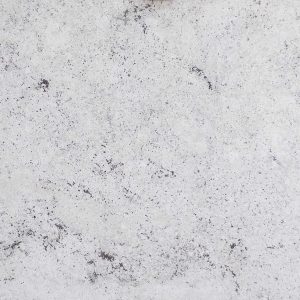
White Granite
In actuality, there is no such thing as pure white stone. At the very least, alabaster, which is made of feldspar and quartz, will always have a mixture of creamy or milky tones.
Because of the presence of amphibole and/or gabbro minerals, the majority of white granite variants include black flecks. Similar to how amphibole and/or feldspar minerals generate traces of brown in mostly white granite.
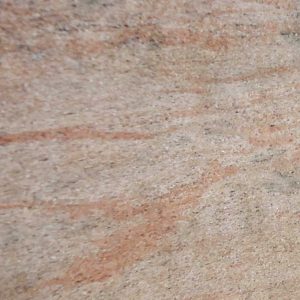
Red or Pink Granite
Because of recent advancements in granite processing technology, which not only brought forth new finishes for granite but also creative uses, pink and red granite have never before been so well-liked.
These granite countertops in red and pink are now being boldly used by people all around the world to enhance both interior and exterior spaces. Red granite, on the other hand, may give your house a fiery brightness while pink granite can provide a romantic appeal.
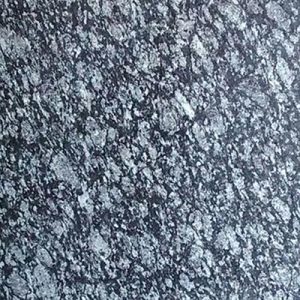
Blue Granite
Although this may be considered a newcomer to the scene, it has gained some popularity recently, mostly as a design feature. Blue granite mostly receives its azure tones from two feldspar minerals called labradorite and larvikite. It may enhance the décor of your living areas, kitchens, and even bathrooms when carefully paired with other granite stones.
The Conclusion
So, now you know what brings different types of colors in granite stone. However, when it comes to choosing from the most stunning granite colors, Indian granite tops the list.
